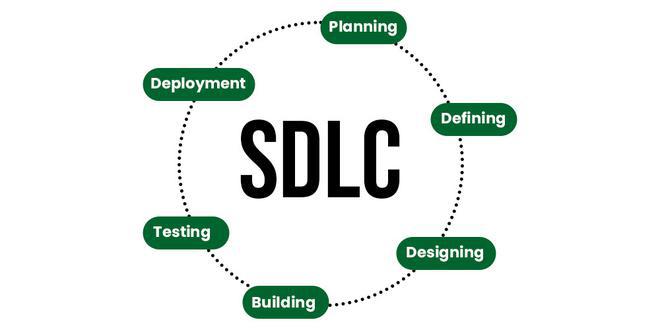SDLC (Software Development Life Cycle)
 Nahid
Nahid
The software development lifecycle (SDLC) is the cost-effective and time-efficient process that development teams use to design and build high-quality software. The goal of SDLC is to minimize project risks through forward planning so that software meets customer expectations during production and beyond. This methodology outlines a series of steps that divide the software development process into tasks you can assign, complete, and measure.
Benefits of SDLC:
Increased visibility of the development process for all stakeholders involved
Efficient estimation, planning, and scheduling
Improved risk management and cost estimation
Systematic software delivery and better customer satisfaction
The details of the SDLC process vary for different teams:
Requirement gathering and analysis:
product features
Users
Usage
User requirements
Market State
Planning: (Cost, Resources, Risk)
Design
Development
Software Testing
Deployment
Maintain
SDLC models:
Waterfall
Agile
Spiral
Big Bang
Iterative etc etc
Subscribe to my newsletter
Read articles from Nahid directly inside your inbox. Subscribe to the newsletter, and don't miss out.
Written by

Nahid
Nahid
I am Mozahidul Islam Nahid, an engineer driven by a passion for continuous learning and growth. With six years of diverse professional experience. Which includes one year as DevOps engineer and four and a half years as administration and procurement specialist. Now I am dedicated to advance my career in DevOps engineering and cloud engineering.I am particularly passionate about server management and ongoing maintenance of websites post-deployment and I aspire to be a crucial part of these essential tasks for any company . Thank you!